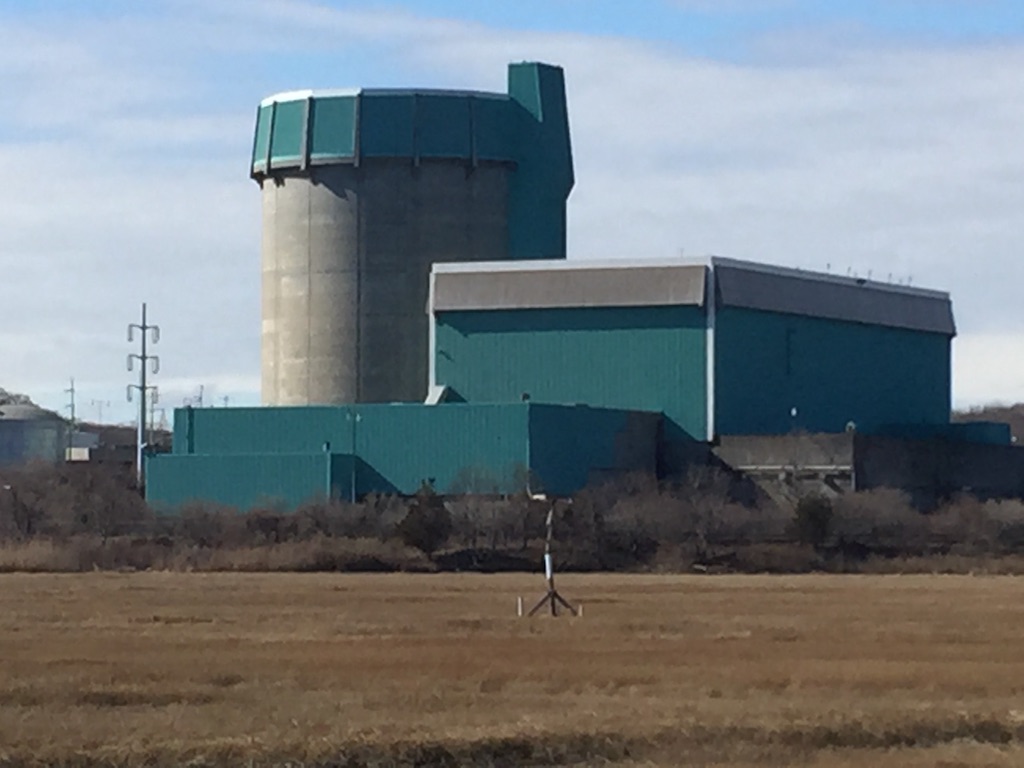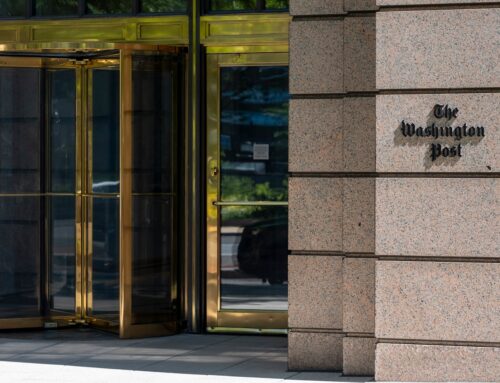Opinion | No, nuclear power is not clean energy
October 27, 2024

Two decades after the defeat of the plans of the now defunct Long Island Lighting Company to build seven to 11 nuclear power plants in Suffolk County, safe-energy activists are concerned that we might again be targeted for nuclear power plants.
This comes amid the biggest push in years for nuclear power in New York State, in the United States, and internationally, as nuclear proponents try to latch on to climate change as a new reason for nuclear power with the claim that it is “carbon-free” or “emissions-free.”
This is untrue especially when the “nuclear fuel chain” is taken into account.
“The dirty secret is that nuclear power makes a substantial contribution to global warming. Nuclear power is actually a chain of highly energy-intense industrial processes,” Michel Lee, an attorney and chair of the Council on Intelligent Energy & Conservation Policy, has said. “These include uranium mining, conversion, enrichment and fabrication of nuclear fuel; construction and deconstruction of the massive nuclear facility structures; and the disposition of high-level nuclear waste.”
In a two-page fact sheet that is online titled “How Nuclear Power Worsens Climate Change,” the Sierra Club Nuclear Free Campaign says: “Nuclear power has a big carbon footprint. At the front end of nuclear power, carbon energy is used for uranium mining, milling, processing, conversion, and enrichment, as well as for formation of [fuel] rods and construction of nuclear…power plants….All along the nuclear fuel chain, radioactive contamination of air, land and water occurs. Uranium mine and mill cleanup demands large amounts of fossil fuel. Each year 2,000 metric tons of high-level radioactive waste and twelve million cubic feet of low-level radioactive waste are generated in the U.S. alone. None of this will magically disappear. Vast amounts of energy will be needed to isolate these dangerous wastes for generations to come.”
The main release of carbon occurs during this nuclear fuel cycle; however, nuclear plants themselves also emit carbon, a radioactive form, Carbon 14.
Still, many politicians and much of media continue to use the words “carbon-free” or “emissions free” when it comes to nuclear-generated electricity. Consider the front-page story in the business section of The New York Times last week that began: “Technology companies are increasingly looking to nuclear power plants to provide the emissions-free electricity needed to run artificial intelligence and other businesses.”
And there was an Associated Press article last week in Newsday which started: “Amazon on Wednesday said that it was investing in small nuclear reactors, coming just two days after a similar announcement by Google, as both tech giants seek new sources of carbon-free electricity to meet surging demand from data centers and artificial intelligence.”
Among the politicians buying into the climate change claim appears to be New York Governor Kathy Hochul who just organized a “summit” with a focus on nuclear power. At it, a “Draft Blueprint for Consideration of Advanced Nuclear Technologies” from the New York State Energy Research and Development Authority (NYSERDA) was released. It asserted that “a growing and innovative group of advanced nuclear energy technologies has recently emerged as a potential source of carbon-free power.”
As the organization Food & Water Watch said online: “Governor Hochul’s latest bad idea is to build new nuclear power plants in New York. In September, she hosted an ‘Energy Future Summit’ in Syracuse where she wined and dined the nuclear industry, and now her administration has published a ‘blueprint’ for promoting the construction of new nuclear reactors.”
Long Island has been regarded as an advantageous area for nuclear power plants because of it being surrounded by vast amounts of water which can be tapped as coolant—a nuclear power plant needs up to a million gallons of water a minute as coolant.
Safe-energy activists—some veterans of the battle against LILCO’s plans for nuclear power—are readying a letter to the board of trustees of the Long Island Power Authority stating they “reaffirm the long-held consensus that nuclear power has no place on Long Island. We are also convinced that nuclear power has no place in planning New York’s energy future.”
“LIPA exists because the people of Long Island said no to nuclear power. Public safety, the impossibility of evacuation and ever-rising costs and electric rates were the reasons for this decision. Nuclear energy was neither necessary nor appropriate for Long Island. This is still true,” it continues.
“A recent study by the Nature Conservancy found that ‘Long Island has enough low-impact solar PV siting potential to host nearly 19,500 megawatts (19.5 gigawatts) of solar capacity in the form of mid- to large-scale installations (250 kilowatts and larger).’ A gigawatt of energy can power 750,000 homes. These estimates, totaling almost three times more power than is currently required, do not even include the potential for residential solar. Additionally, solar is the most widely accepted and supported form of renewable energy in the nation. By contrast, nuclear power garnered the most public opposition.
“Long Island’s abundant energy resources also include offshore wind. According to the National Renewable Energy Laboratory, the full offshore wind potential in our region is 323,000 megawatts or 323 gigawatts of energy. LIPA has led the way with the South Fork Wind Farm. Clearly, there is no shortage of renewable energy potential on Long Island. Nuclear energy will not be needed here.”
Also, the letter points out, “LIPA’s enabling legislation clearly states that the ‘authority shall utilize to the fullest extent practicable, all economical means of conservation, and technologies that rely on renewable energy resources, cogeneration and improvements in energy efficiency which will benefit the interests of the ratepayers of the service area.’”
It calls for opposing “any effort” by the state Public Service Commission or NYSERDA to site nuclear power facilities on Long Island.
Food & Water Watch is asking people to relate their views by letter or email to Hochul and Doreen Harris, president of NYSERDA, both in Albany, before a November 8th deadline set for comments. “Take action: Demand they stop this fast-track to danger and instead chart a path to the renewable energy future we need,” asks the group.
Meanwhile, while this is going on Long Island and in the state, headlines last week of online pieces about nuclear power included: “Japan’s top business lobby proposes maximum use of nuclear energy.” And, “European nations back nuclear power ahead of major climate summit.” And, “The super-rich are looking at nuclear power for emission-free yacht voyages.” And, “France plans to turn nuclear waste into forks, doorknobs and saucepans.”
Also last week, the U.S. Department of Energy released a report saying: “U.S. nuclear capacity has the potential to triple from 100 GW [gigawatts] in 2024 to 300 GW by 2050.” It went on, “In 2022, utilities were shutting down nuclear reactors; in 2024, they are extending reactor operations to 80 years, planning to uprate capacity [pushing nuclear power plants to run harder and generate more electricity]; and restarting formerly closed reactors.”
The nuclear power issue remains—indeed, is getting even more intense.
The survival of local journalism depends on your support.
We are a small family-owned operation. You rely on us to stay informed, and we depend on you to make our work possible. Just a few dollars can help us continue to bring this important service to our community.
Support RiverheadLOCAL today.
Search
RECENT PRESS RELEASES
Related Post




